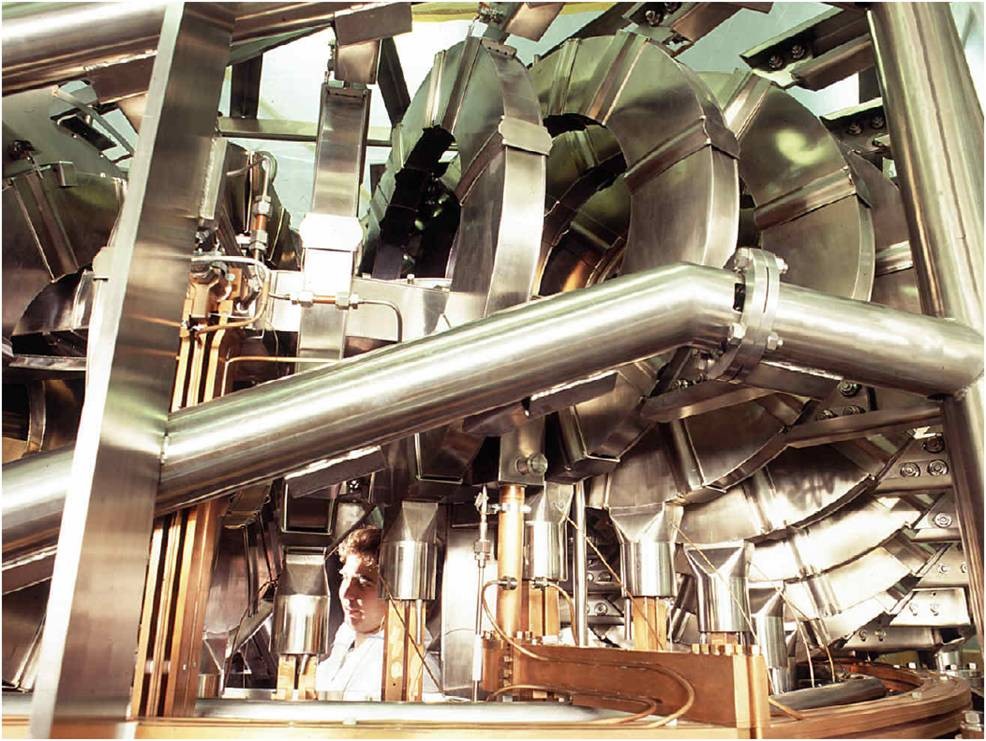ITER NEWSLINE
84
5 million to boost Australian fusion research plan
Boyd Blackwell, Director, H-1NF NPFRF, Australian National University
5 million to boost Australian fusion research plan

The H-1 is a three-field period helical axis stellarator located in the Research School of Physical Sciences and at the Australian National University.
A significant driver for this positive outcome has been the promotional and awareness-raising activities of the Australian ITER Forum. The Forum is a collection of over 100 Australian scientists and engineers who have been lobbying government for an expansion of Australian fusion science, with a view towards an engagement with ITER. Matthew Hole, who is chair of the Forum, stated that "this is a significant endorsement of Australian fusion science, but much still remains to be done to attain our long-term goal."
The plasma physics community aims to build on this success by seeking additional funding from other schemes to develop and demonstrate ITER-relevant diagnostic systems. It is hoped that this new funding boost signals government willingness to embrace a larger-scale engagement with international fusion science, and in particular, the ITER Project.
return to Newsline #84


